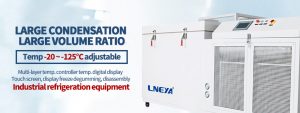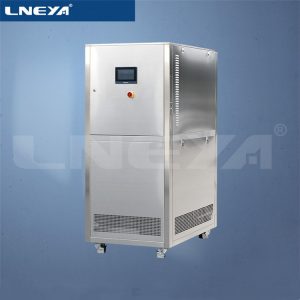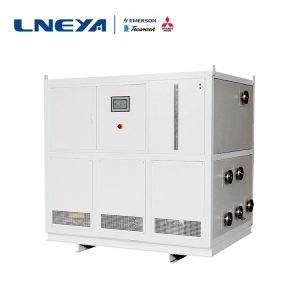The significance of temperature in IC testing
Every integrated circuit (IC) goes through two type of tests before it can be sold and used to build a product: the first is called a wafer test; the second is called final test.
With the improvement of integrated circuit electrical test technology and requirements, some chip products have integrated temperature sensors, or through the voltage changes of some precision diodes linearly related to temperature changes, the current actual chip under test is calculated through a series of formulas temperature.
This means that if the temperature does not meet the standard, it will also be regarded as a defective product, which will also affect the yield of the final test, and due to the inaccuracy of the temperature, it will also cause some electrical test failures. Therefore, the temperature control problem in the final test of the semiconductor is beginning to be taken seriously.
Under normal circumstances, the low temperature test is -40 ℃, the upper and lower limits of the test program temperature test items are controlled at +/- 10 ℃, and more strictly +/- 5 ℃. In the manufacturing of semiconductors electronic components for harsh environments, the IC package assembly and test stages of engineering and production include burn-in, electronic hot and cold testing at temperature, and other environmental test simulations. These semiconductor devices and electronics, once put in real world applications, can get exposed to extreme environmental conditions.
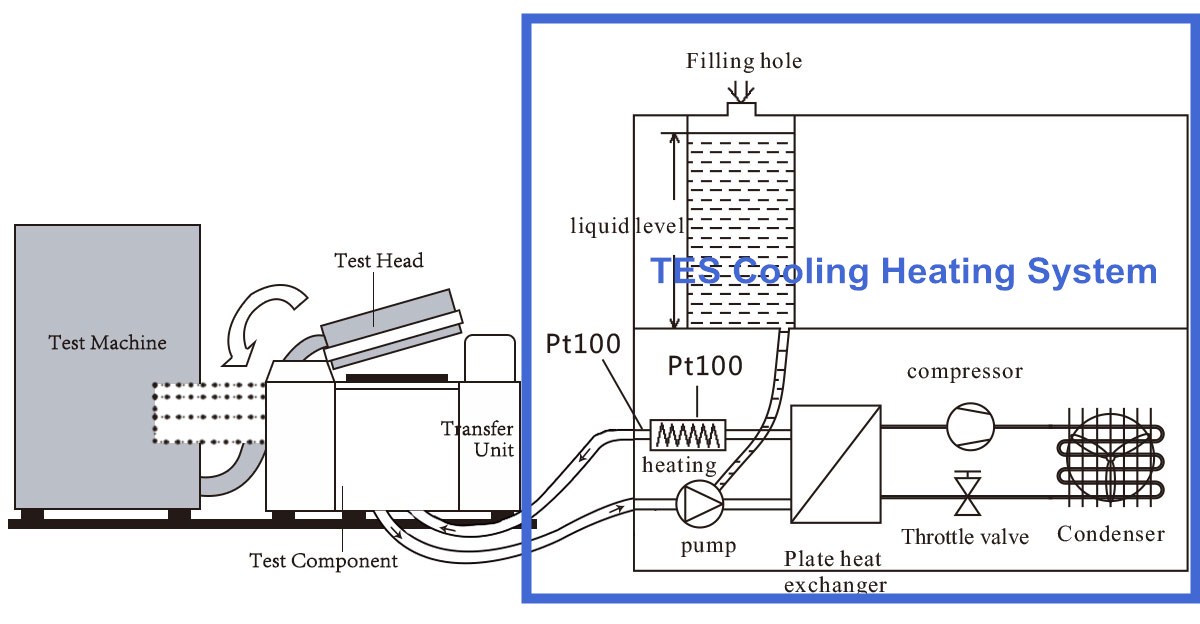
The LNEYA TES-85 has a temperature range from -80 ° C to + 225 ° C without the use of LN2 or CO2. Just connect the pipeline to the test area of the IC and other test benches, This lets you easily temperature test your electronic semiconductor IC devices.
Precision Temperature Forcing Systems use a direct temperature-controlled stream of hot or cold air to provide a precise thermal environment for temperature testing, conditioning and cycling of electronic and non-electronic assemblies and sub-systems. The ThermalAir Temperature System enables the test. This allows you to perform temperature simulation tests in situ, at a specific location, at your tester station, test bench or directly on the unit under test.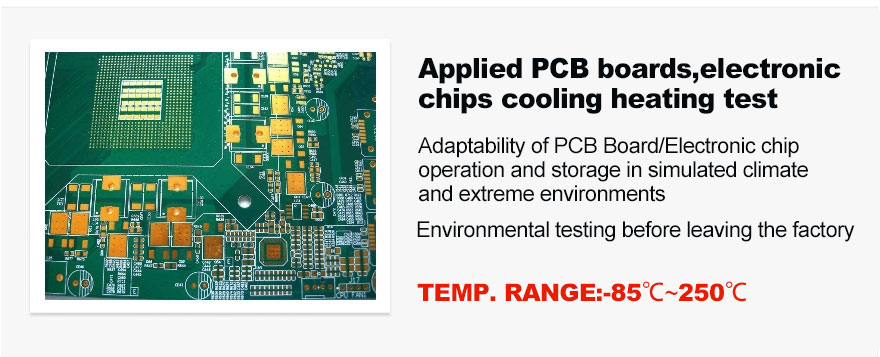
Bring temperature to your test for Semiconductor IC devices and other semiconductor packages. LNEYA TES series equipment temperature control range: -85 ° C ~ 200 ° C; power range: 2.5kW ~ 25kW; temperature control accuracy: ± 0.3 ° C. The pressure of the refrigeration system is realized by a pressure gauge (high pressure, low pressure); the pressure of the circulation system is detected by the pressure sensor and displayed on the touch operation screen. Refrigerant uses R404A R23 / R14 mixed refrigerant environmentally friendly refrigerant.
関連推奨品
-
金属部品の冷却・収縮組立フリーザーと業界における一般的な組立方法
1536In the cold shrink production of copper sleeves, bearings, etc., quick-freezing cryogenic boxes are widely used in mechanical assembly. Copper sleeve cooling shrink assembly cabinet variable temperature assembly method is to heat the hole or cool ...
詳細を見る -
About the components of the reactor chiller refrigeration heating circulator
1255The reactor chiller refrigeration and heating circulator is used to control the heater and cooler, adjust the temperature, and maintain the stable temperature of the material. Through the circulating medium, the temperature of the material can be ...
詳細を見る -
Analysis on the maintenance work of the screenless freezer
1379The screen-removing freezer is a kind of equipment used in industrial cold processing. The manufacturer of LNEYA screen-opening freezer reminds everyone that if the screen-removing refrigerator is used for a long time, maintenance work needs to be...
詳細を見る -
グリコールチラーの漏れ点検の注意点
1574グリコールチラーの漏れチェックのポイントグリコールチラーの運転中、冷凍システムが漏れないことが重要です。グリコール冷凍機から冷媒やその他のガスが漏れないようにするために、...
詳細を見る
 LNEYA工業用冷凍機 メーカー サプライヤー
LNEYA工業用冷凍機 メーカー サプライヤー









